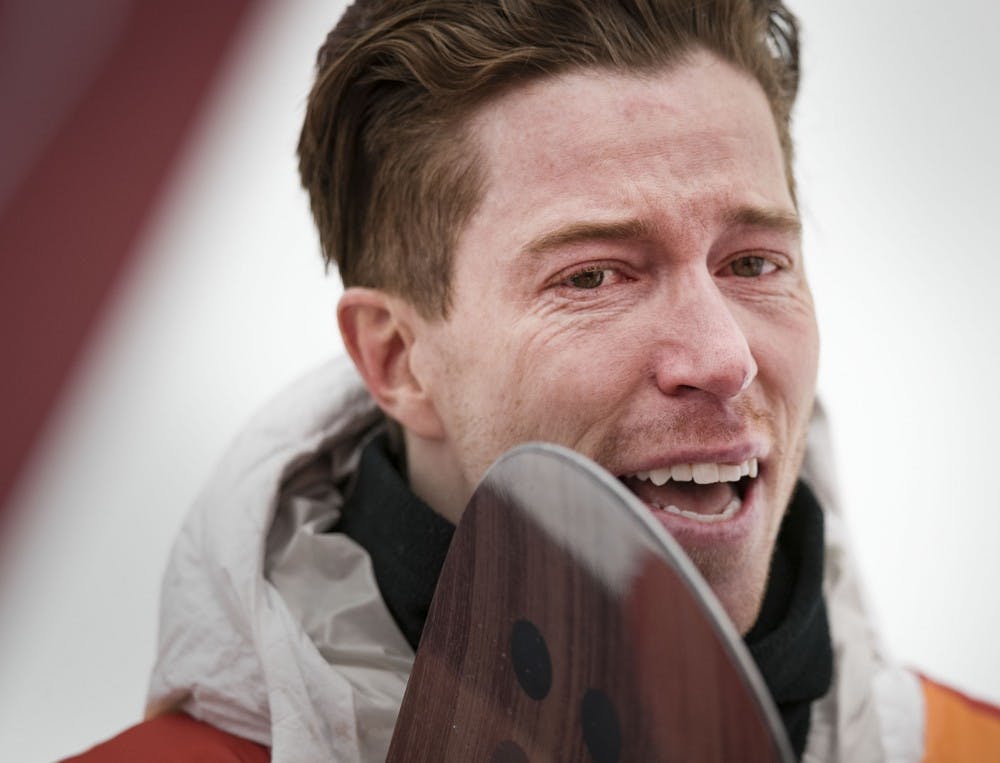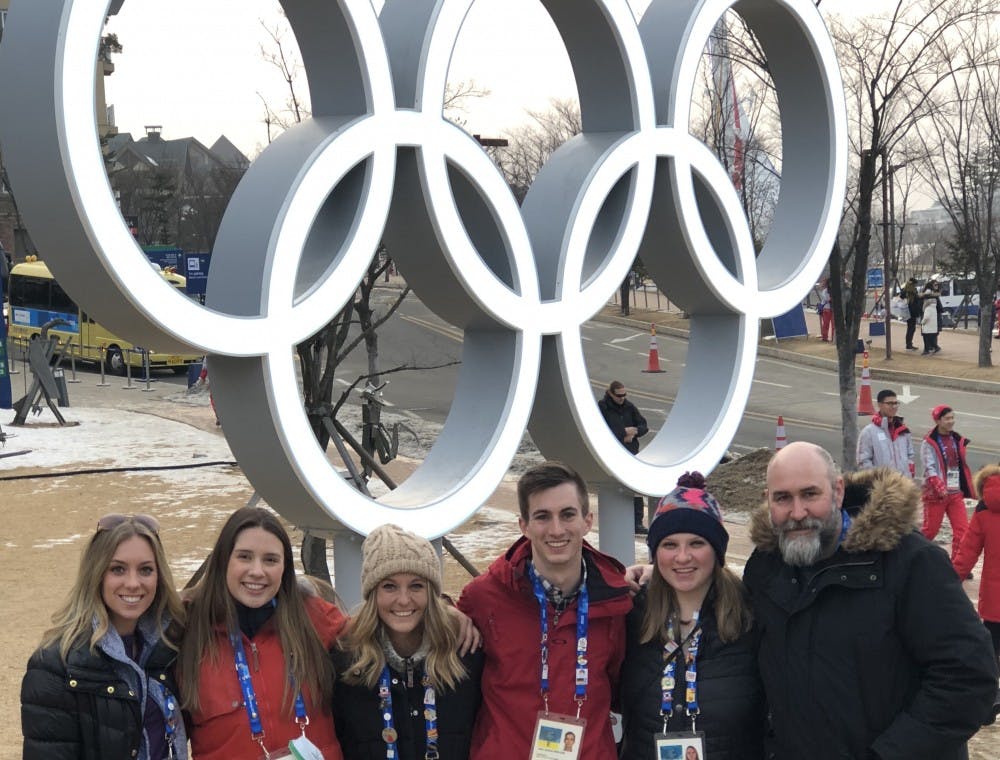For the first time in the program’s history, BSU at the Games received full media credentials for the 2018 Winter Olympics, allowing them full access to interview, photograph and write about the athletes.
RELATED: BSU at the Games 2018 Winter Olympics gallery
“[Having media credentials] changed everything,” said Ryan Sparrow, a journalism professor. “Typically we would do reporting on the Olympics from this outside perspective, and most of our stories were more cultural oriented. This one we had absolute ability to interview Shaun White, just like the Today Show.”
In 2012, BSU at the Games was started as a way for students to travel and experience different cultures while covering the Olympics. This year, Sparrow and five students — Grace Hollars, Josh Shelton, Samantha Johnson, Kara Biernat and Elizabeth Wyman — stayed in Pyeongchang, South Korea, from Feb. 8 to Feb. 19.
None of the students were assigned specific sports to cover; instead, they used their backgrounds in photography, writing or videography to choose what sport would be best to cover.

Kara Biernat, right, and Samantha Johnson, left, set up to record a press conference on the USA Ski Team in the Media Center at the 2018 Winter Olympics. Ryan Sparrow, Ball State at the Games
Johnson, a senior news journalism major, and Shelton, a junior news journalism major, were the videographers on the trip, and had to learn to adapt to different circumstances because of rules and regulations they were not aware of prior.
“The adaptation [was the most challenging],” Shelton said. “I had to go from normally being a video person to having to think, ‘Okay, how are we going to work around this?’ and doing a lot more written stories, radio and then doing audio slideshows and things like that to supplement where we normally would be doing video.”
The students also had to adapt to the culture shock that comes with immersing oneself in the culture of a foreign country. Each of the six members experienced the transition differently, but they all got a taste of unique foods and the unexpected living arrangements of sleeping on small mats.

The Namdaemun market is the largest and oldest in the city of Seoul, South Korea located behind the “Great South Gate.” The market has traditional food, clothing, a fish market and accessories. Between the cars driving through the crowded streets and the lines forming behind the small food shacks, the market is a place of thriving Korean culture. Grace Hollars, Ball State at the Games
“I think when people typically think of culture shock, they think of it in a bad way. Something I didn’t expect that I loved was the respect that people have for each other there,” Johnson said. “Everyone was so welcoming and they wanted to help you in every way that they could, and I was much more relaxed and I felt a lot more welcomed than I was expecting to.”
The group’s media credentials allowed them to work alongside big-name media companies like The New York Times and USA Today, which Biernat, a senior news journalism major, said was intimidating but became easier as time progressed.
“I was rubbing shoulders with USA Today’s Rachel Axon, somebody I have followed since I was in high school — she’s an amazing sports reporter. And on the other side of me, I see the Washington Post, New York Times, Sports Illustrated, NBC Sports and the Today Show,” Biernat said.
“That was the most intimidating thing because the way the athletes come out after a competition is they stop at their country’s reporters. So first I had to find the Americans, obviously, [and the big media companies] take up the front so I had to stand in the back with my recorder trying to get the interviews. By the end, they were letting me up front and holding my recorder up for me when I couldn’t get close.”

Halfpipe champion snowboarder Shaun White, cries tears of joy after seeing his score of 97.75 leading him to his third Olympic gold medal, Feb. 14 at Phoenix Snow Park. White broke into tears and hugged his friends and family before the venue celebration. Grace Hollars, Ball State at the Games
Being surrounded by so many famous athletes and journalists also provided Wyman, a senior news journalism major, a sense of perspective for the stories that she covers, regardless of where she is or who she is talking to.
“Whether you’re covering Ball State tennis or Shaun White [in the] men’s halfpipe finals, journalism is journalism, writing is writing,” Wyman said. “There are still deadlines and I am still going to have to talk to athletes, get quotes and write it all within a certain amount of time. That doesn’t change, the caliber of athletes just changes.”
Even though going to the Olympics was full of stress, hard work and sometimes 14-hour work days, Hollars, a junior photojournalism major, said the experience presented many lessons for everyone involved.
“Not only did I learn about myself and my work, but I learned about the career I’ve chosen to go into,” Hollars said. “I can’t put [what I learned] into a sentence, I can’t put it into a paragraph, I can’t even put it into 800 words. I could go on for hours. All I know is I’m a little bit better than I was before I went into this. I’m a lot better, actually.”
Contact Demi Lawrence with comments at dnlawrence@bsu.edu.





